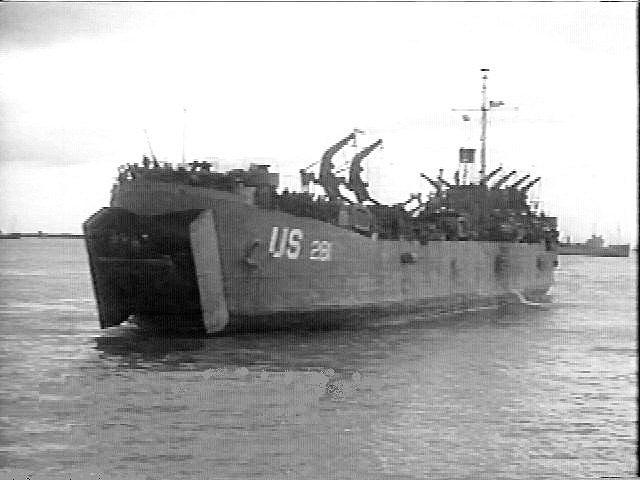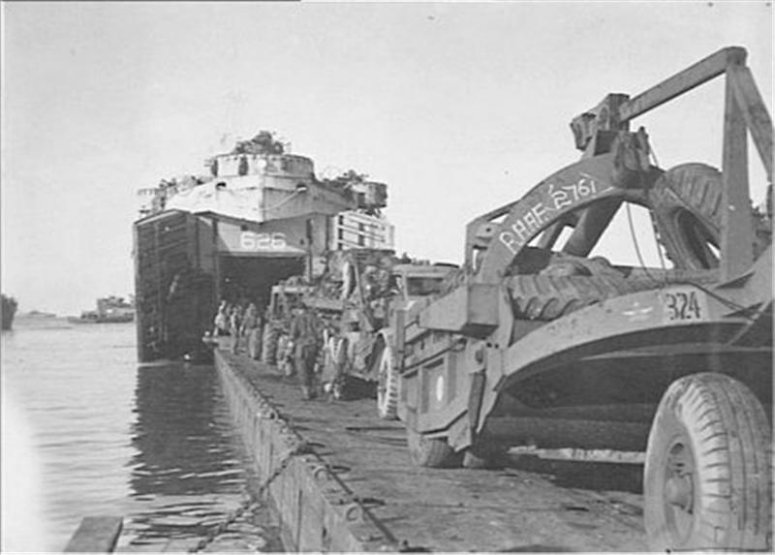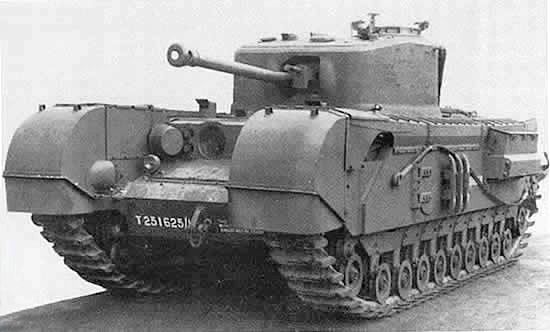My Dearest Reggie:
Grandfather has pneumonia again. The breath of life is slipping away, and as sad, even morbid as it is to say, I doubt that there is anything within that withered body that needs to see the banks of the Pearl again. As a burial in British Columbia might attract unwelcome attention, I am having grounds prepared at under Ch'i Wei Tao Wan.
As one life prepares to journey on, two more come in. I have taken the liberty of enclosing some photographs of your grandchildren. I am not sure what an old rake such as yourself does with such unbearable sweetness, but, after a moment entertaining dark thoughts of your passing them to some comely barmaid as an icebreaker, I retreat to the obvious position. You will have them framed and proudly displayed on your desk. You will have to have them enlarged, but that, of all things, should present you with no difficulties! I regret the cropping, but, as you will see from my review of the last two weeks, this is not a time when we can risk attention. Better any stray load found on an aircraft in, say, Basra, not be traceable to us this month!
Your daughter-out-of-law is in good spirits. We have had her confinement in the ranch house, as the coach house is not ready, and we have seen much of each other in the last few weeks. Some friction --she is so much changed from the sweet girl of 1939, who even then had a not-always-very-feminine hard core to her. Your son arrived two days after the birth. "Lieutenant A." was kind enough to drive him straight down from Hunter's Point as soon as his ship was docked, delivering an exhausted, rumpled engineer to an exhausted, rumpled new mother. At least it made a change from the young man's service duties, which seem to consist of couriering notes around the Bay to the effect that the only American admiral to have ever won an air-sea battle ought to be replaced by the super-annuated rival who is the only American admiral ever to have lost two, on the grounds that he did not win his victory enough, whilst his rival was somehow not responsible for his subordinates' actions, except when they turned out well.
I grouse, but that is because I report the complaints of the newly-minted Admiral Stump, who attended the christening and had long, fruitful talks with your son and Bill and David, with "Mrs. G.C." sitting in as hostess, on subjects of which I know not what. Antennas need to be a certain distance from each other? Mutual interference?
These electrical matters will be the death of me, especially with the lawyers bogging me down with doleful talk about our friend's contract renewal. Rather a matter of attention given that we intend to break it! The baleful instrument has been revised, although not in any serious way --just an expansion of the "morals clause," no doubt inspired by his young associate's public behaviour.
I grouse, but that is because I report the complaints of the newly-minted Admiral Stump, who attended the christening and had long, fruitful talks with your son and Bill and David, with "Mrs. G.C." sitting in as hostess, on subjects of which I know not what. Antennas need to be a certain distance from each other? Mutual interference?
These electrical matters will be the death of me, especially with the lawyers bogging me down with doleful talk about our friend's contract renewal. Rather a matter of attention given that we intend to break it! The baleful instrument has been revised, although not in any serious way --just an expansion of the "morals clause,"
which you can understand under the circumstances.

I am grateful to the Earl for his allowance of time. Unfortunately, he is mistaken. Taxes are filed at the middle of April, here, not the end, and so we are in another tax year. I know that he will be angry, thinking me to be temporising, but let me put it another way. We are less than a month away from the invasion. The fifteenth of May is the low tide, and the Allies need to allow themselves a solid month and time to spare to win the war by Christmas, even if the campaign in France goes as quickly as the "Hundred Days." After that, we shall be outfitting the invasion fleet against Japan, and only after that will it be time for the boys on the Bay to think about incorporation and the issuing of stocks.
This will happen. And it will happen this tax year, unless the war drags on. We will probably not be able to put the greater part of our investments into a proper, legal form --Bill and David talk as though their incorporation is a decade away!-- But it will happen. 1955 will be the tail end of it. The world will be back in the doldrums of the 1930s, so I am told, but, in the meantime, we will have reaped the profits of the growth of a new American electrical engineering industry. Profits that are likely to be greater than real estate, much less clapped-out "traditional" businesses such as steel.
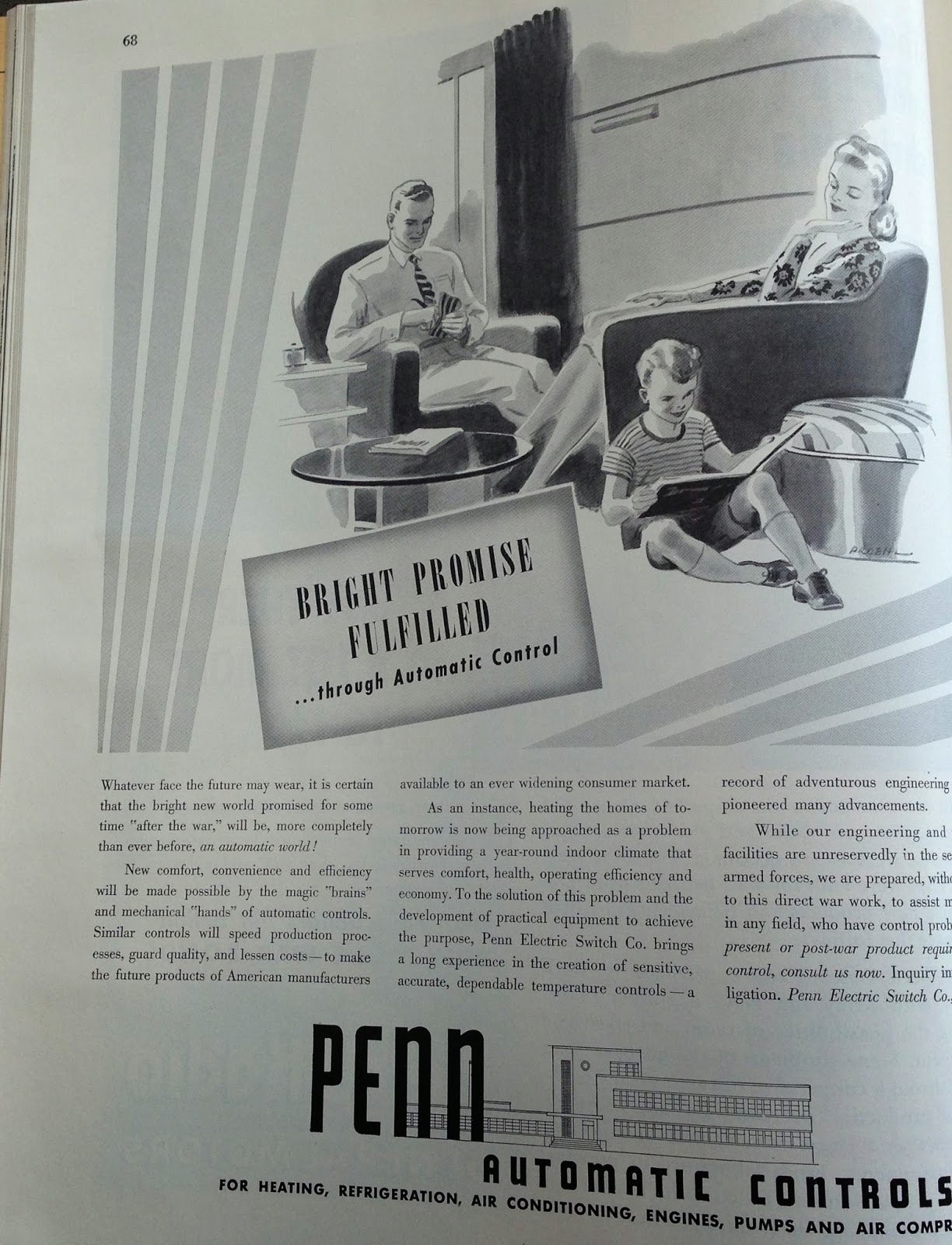
As a final note vaguely related to news of the Bay, Wong Lee's son graduated. I took photographs of him in his pressed now-official uniform for his father's sake. One cannot be too cautious where Hoover's lads are concerned, after all. We threw a party for the boy at the ranch house, and many were the tired old jokes about Chinese laundry when a sprit of Hoisin Sauce was detected on the nape of his bright new Naval whites. There is the usual note of sadness at the realisation that he is off to war, with a stop somewhere in the deep Midwest to pick up his vessel, and a private warning that he ought to pack blues as well as whites. Parsing the time, I imagine there is to be a follow-up to the main cross-Channel assault.
.jpg)
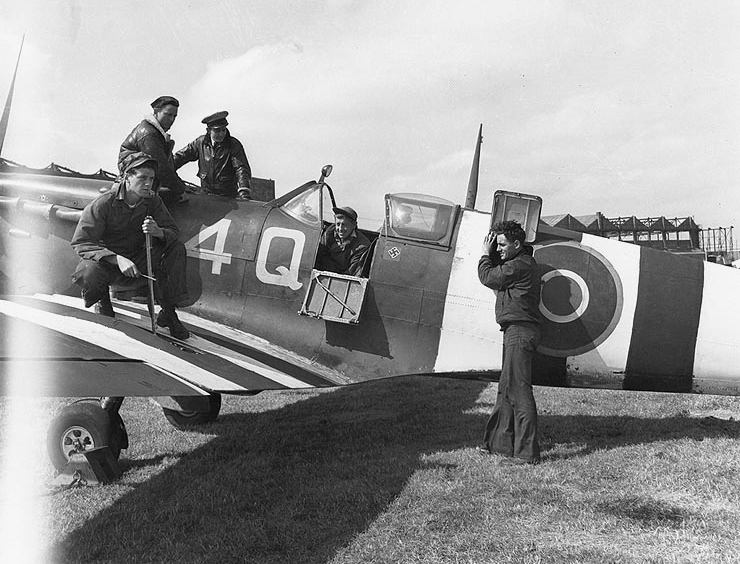
.jpg/800px-J2F-4surplusflight_(4710569872).jpg)

